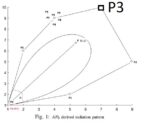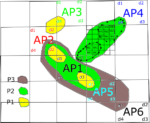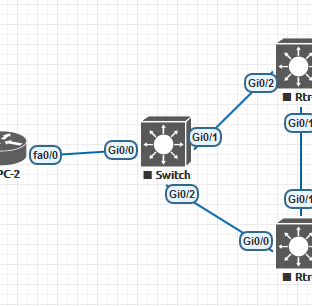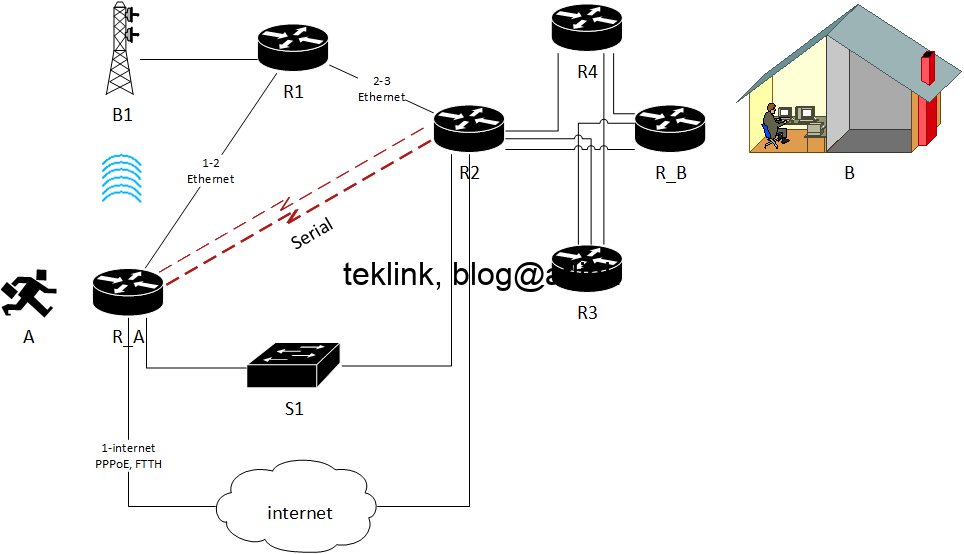This post is descriptive of our work on RRM or radio resource management in WLAN (Wireless LAN) and especially on the operation of beamforming.
Beamforming is a major building block of Radio Resource Management (RRM) in WLAN networks that helps mitigate the interference and maximize the transmission opportunity of Access Points (AP) toward Wireless Devices (WD). The idea of this technique is simple: maximize the radiated electromagnetic energy toward the target WD to maximize the gain and enhance the condition of the communication (enhance the SNR or the signal to noise ratio).
In contrast to the related-work In-Path approaches, we propose a novel Out-Of-Path approach to beamforming calibration that is based on concepts from Computer Aided Graphical Design (CAGD) field and now-a-day network design best practices. A full reference to this work is accessible via this link: Bézier Curves-Based Novel Out-of-Path Beamforming Calibration Technique in IEEE 802.11 WLAN Networks
In this article, the enhancement that the presented solution adds to the beamforming operation time and results’ accuracy is investigated. It is demonstrated that the processing of beamformer’s parameters: array elements’ signal weighting and phase shifting, to achieve the desired angle of radiation, direction of arrival and gain, is possible at Wireless Lan Controller (WLC) level in indoor controlled WLAN networks.





